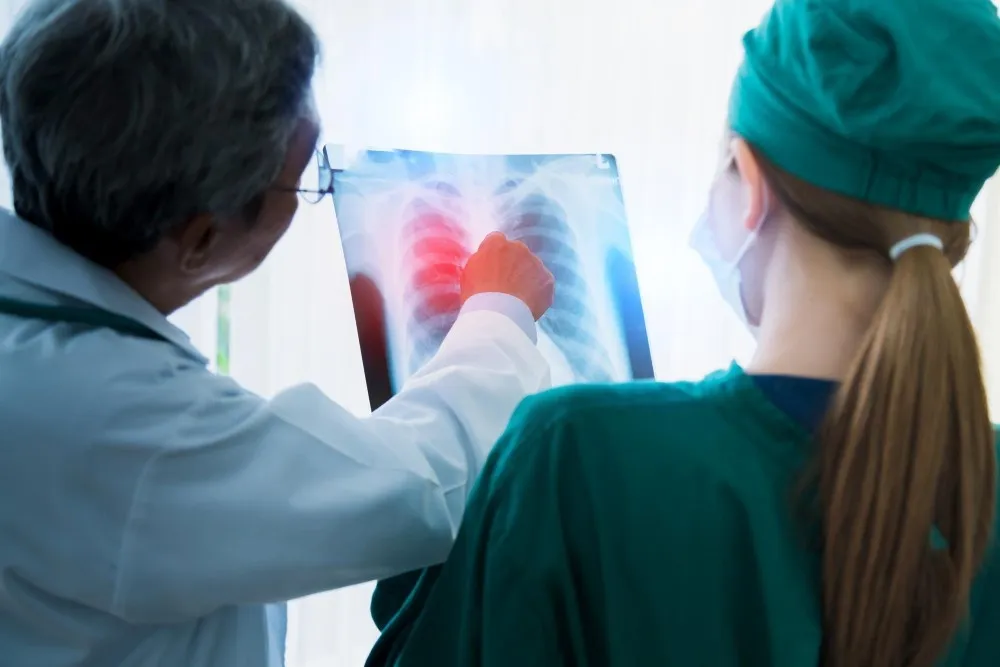What is Radiation Therapy?
Radiation therapy is a procedure where high-energy radiation from X-rays or gamma rays is used to kill the cancer cells in a patient's body and to shrink tumours as well. The different types of childhood cancers treated via radiation therapy are brain tumours and Wilms tumour.
Since every case is different, each child's cancer treatment will also be different. Some children receive radiation therapy only and are cured with it, while other children need a combination of radiation and chemotherapy or radiation therapy and surgery to remove malignant and benign tumours or cancerous areas.
How is Radiation Given?
Radiation therapy is administered in two ways - externally and internally. Some children might even receive both these types of therapies depending on their needs.
External radiation therapy makes use of a large machine and equipment specially for the purpose of aiming very specific amounts of radiation at cancerous growths or diseased parts of the body. In the case of internal radiation therapy, a radioactive substance is injected in the body at the location of the tumour or cancer cells. In some cases, the material is even swallowed by children
Most children, however, require only external radiation therapy. But those children with cancers of the head and neck, cervix, uterus and testes might also require to undergo internal radiation therapy. Other types of radiation therapy aim to target cancer cells in a better manner. One of them is called intra-operative radiation therapy.
Sometimes it so happens that eve after your child's surgery, small amounts of cancerous cells might still remain in their body. While the child is still in the operating room, the doctors use specific machines which give a dose of radiation before the affected area is stitched closed. Another type of therapy called the proton-beam radiation therapy is able to focus the radiation more precisely on the cancerous tissue with its only goal being causing minimal harm to surrounding healthy tissue. A radiation oncologist will overlook the entire procedure along with other health care professionals and together, they will decide which type and dose of radiation therapy is best for your child.
Caring for Your Child
The side effects of radiation therapy can be unpleasant, but you must remember that the process itself is painless and causes no discomfort to your child. To ease a child's fears before their treatment, you might take a tour of the radiation department along with them to show them the radiation technologists and equipments.
If your child ever asks questions about cancer and its treatment, try to be as honest as possible. Use simple terminology and encourage your child to share their feelings. Also remember that you are not alone in this. You will be surrounded by doctors, psychiatrists, psychologists, nurses, and other members of the cancer treatment team who will be there to reassure both you and your child during every stage of radiation therapy.
Once the treatment is completed, it is important to monitor your child's health progress in follow-up appointments with their doctor. During these checkups, make sure you tell the doctor about any continuing side effects or signs which show that the cancer may have returned.

Reviewed by







